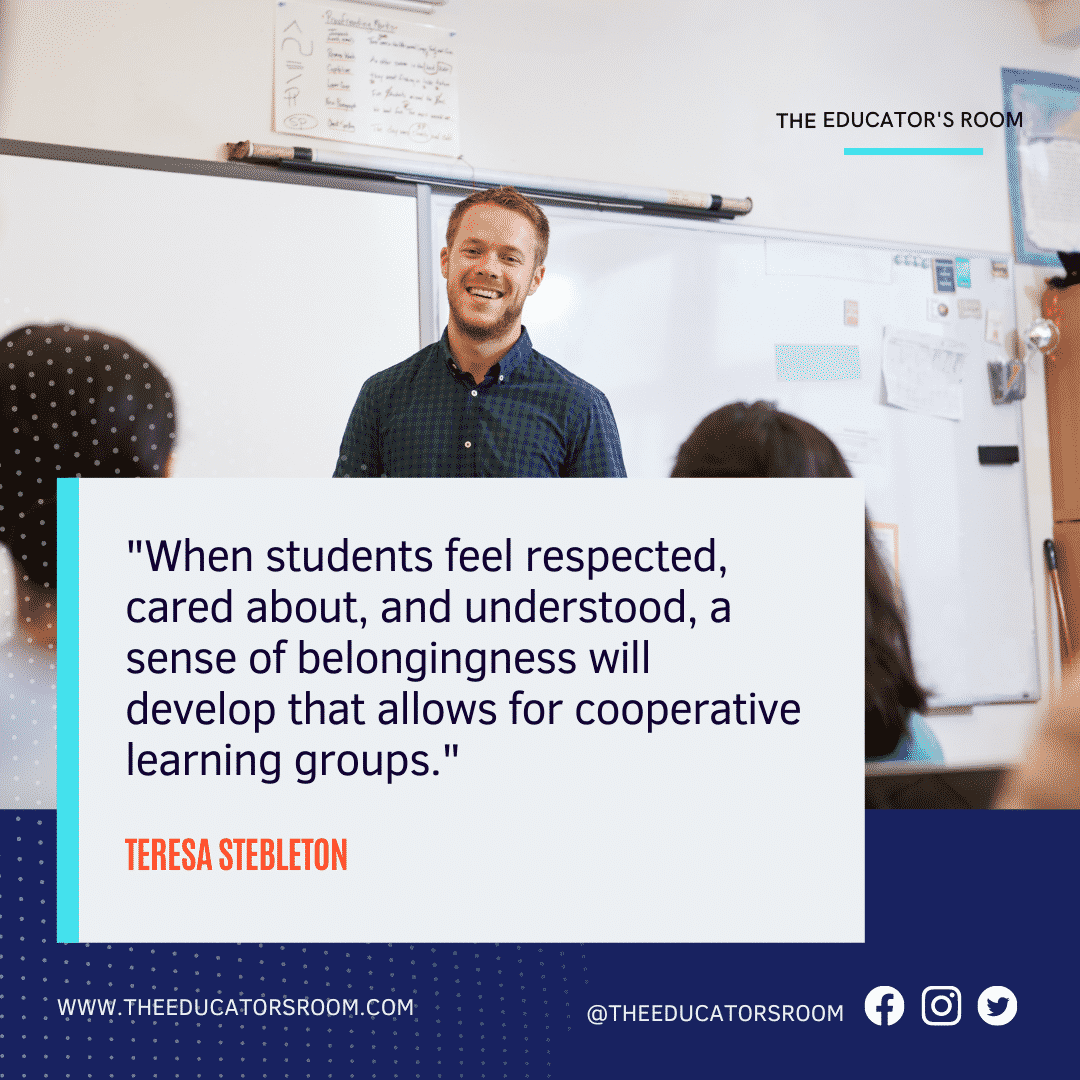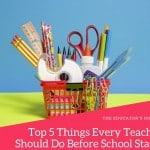As a middle school teacher, the battle to gain and then hold the attention of students in the classroom is hard won. According to Christensen, Fulmer, Kackar-Cam, Trucano, and Turner (2014), middle school is when lack of engagement increases for many students. As a consequence for this disengagement, students will begin to exhibit disruptive behaviors, isolation, and/or a downward progression in their academic achievement (Christensen et al.) which is why tackling this issue has become a personal priority. Working with a high poverty middle school, I see the issue of lack of engagement occur more often than ever before, so I aim to increase achievement gains for the students on my seventh grade team. With the belief that all student can learn, my research has shown that through a sense of belonging and through increased cognitive rigor, teachers can increase student engagement to optimal levels.
[fusion_builder_container hundred_percent=”yes” overflow=”visible”][fusion_builder_row][fusion_builder_column type=”1_1″ background_position=”left top” background_color=”” border_size=”” border_color=”” border_style=”solid” spacing=”yes” background_image=”” background_repeat=”no-repeat” padding=”” margin_top=”0px” margin_bottom=”0px” class=”” id=”” animation_type=”” animation_speed=”0.3″ animation_direction=”left” hide_on_mobile=”no” center_content=”no” min_height=”none”][bctt tweet=”Want to increase student engagement? Learn how here!”]
Without a sense of belonging in the classroom, research has shown that students can withdraw and feel disconnected from their learning environment. According to Christensen et al. (2014), “belongingness” is when students feel the need to “establish close relationships” with those around them, and increasing a sense of belonging in the classroom helps students feel more engaged. The relationships students build between themselves and both their peers and teachers should remain positive with a feeling that others care about them in order for belongingness to occur (Christensen et al.). For example, if a student feels liked by his classmates and feels as if he has meaningful friendships, that student is more likely to engage both socially and academically in the classroom. In order to create this sense of belonging, teachers should not only encourage but model respectfulness in the classroom while teaching students how to work together in a productive way (Christensen et al.).
In my classroom, I ensure students feel respect by demonstrating I care for them while also teaching them how to how they care about one another. I also began utilizing the “I-message” approach outlined by Kottler, Kottler, and Zehm (2005), which is where I decrease feelings of judgement by stating how I think or feel about behaviors that I do not like to happen in my classroom while firmly stating that I would like the behaviors to discontinue. These strategies help battle what Jones, Jones, and Wells (2014) call “resistance,” which is when students and teachers do not work well together because of ineffective interpersonal interactions. Resistance is shown through arguing, unwillingness to accept responsibility, inattentiveness, side-tracking conversations on purpose, or lack of responsiveness to communication (Jones et al.).
However, empathy, which is a person’s ability to understand and feel another person’s emotional response to a situation, combined with lack of judgement can help facilitate changes that will lead to increased classroom engagement (Jones et al.). When students feel respected, cared about, and understood, a sense of belongingness will develop that allows for cooperative learning groups. These groups help students develop better attitudes toward their peers and toward content, which increases the amount of effort they put into learning (Christensen et al.). Thus, a sense of belonging is the start to a more engaging classroom environment, but belongingness alone is often not enough to engage students.
In order for students to feel more engaged to the content we attempt to teach them, they must feel appropriately challenged. In a study conducted by Neace, Paige, and Sizemore (2013), researchers found that an increased “depth of knowledge” led to a corresponding increase in student engagement. In other words, the more challenging or rigorous the curriculum became for students, the more they appeared to be engaged in learning. This finding is echoed by Christensen et al. (2014), as they discussed how self-efficacy, or competence, plays a large role in student engagement, as students with a higher self-efficacy will more likely set learning goals, use the most effective learning strategies, observe their own comprehension, and evaluate their own progress, leading to increased student engagement. One of the ways that Christensen et al. suggest will increase competence is to ensure students are provided with appropriately rigorous activities while providing the right amount of scaffolding and “informational feedback.” As students complete more rigorous learning activities, they will become more and more competent with these activities, especially if provided with more open-ended questioning and opportunities for learning that mistakes help inform the classroom and are just as valuable as the right answers. In my classroom, we engage in conversations about the reasoning students use to get to an answer and then students are provided with the opportunity to analyze math problem to determine where a mistake may have occurred if applicable. These opportunities, according to Christensen et al. will encourage students to make an effort and persist even when tasks become challenging. As students attend to more cognitively rigorous tasks, they will, according to Neace at al., engagement more with the content, which will increase the achievement levels of all students.
The middle school years are full of all sorts of changes for students, but one change I do not want to see happening in my classroom is a decrease in student engagement. Lack of student engagement leads to lower achievement gains, so in order for my students to learn at the most optimal levels, increasing engagement is the way to go. As stated in research by a variety of authors, two ways to increase engagement are to increase a sense of belongingness in the classroom and to increase the cognitive rigor. In order to monitor the effectiveness of my approach, I will utilize student surveys to gauge sense of belonging as well as how challenged they feel in the classroom. As students feel more connected to the classroom and more efficacious, their levels of engagement will rise and their gains will be well worth the work.
References
Christensen, A., Fulmer S. M., Kackar-Cam, H. Z., Trucano, M., & Turner, J. C. (2014). Enhancing students’ engagement: Report of a 3-year intervention with middle school teachers. American Educational Research Journal, 51(6), 1196-1224. doi:10.3102/000283121532515
Jones, A., Jones, S. C., & Wells, H. (2014). Teaching reluctant students: using the principles and techniques of motivational interviewing to foster better student-teacher interactions. Innovations in Education and Teaching International, 51(2), 175-184. doi:10.1080/14703297.2013.778066
Kottler, E., Kottler, J. A. & Zehm, S. J. (2005). On being a teacher: The human dimension (3rd ed.). Thousand Oaks, CA: Corwin Press.
Neace, W. P., Paige, D. D., & Sizemore, J. M. (2013). Working inside the box: Exploring the relationship between student engagement and cognitive rigor. NASSP Bulletin, 97(2), 105-123. doi:10.1177/0192636512473505[/fusion_builder_column][/fusion_builder_row][/fusion_builder_container]





